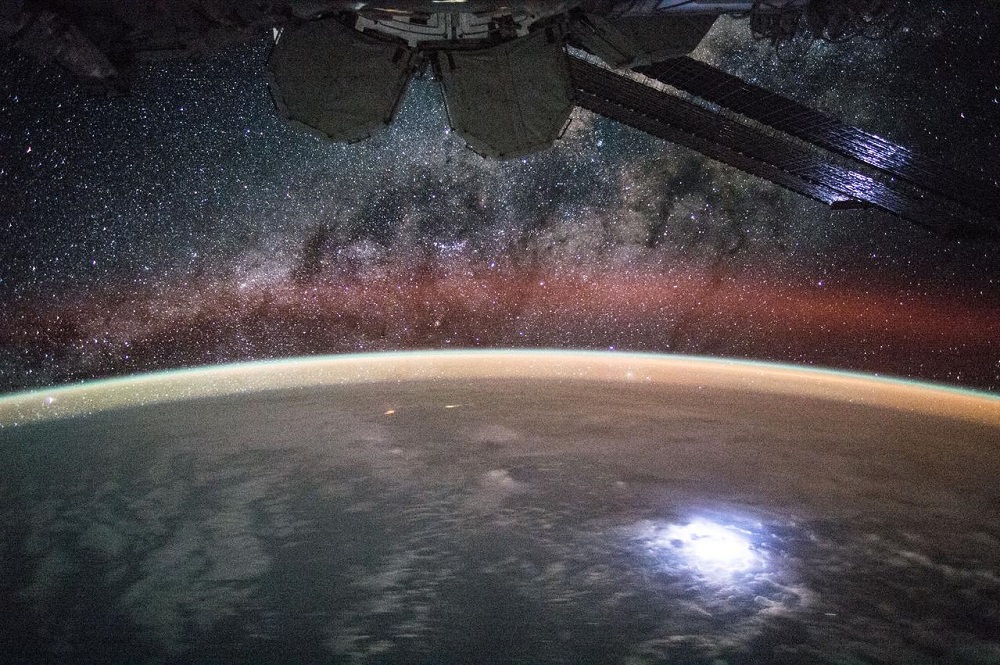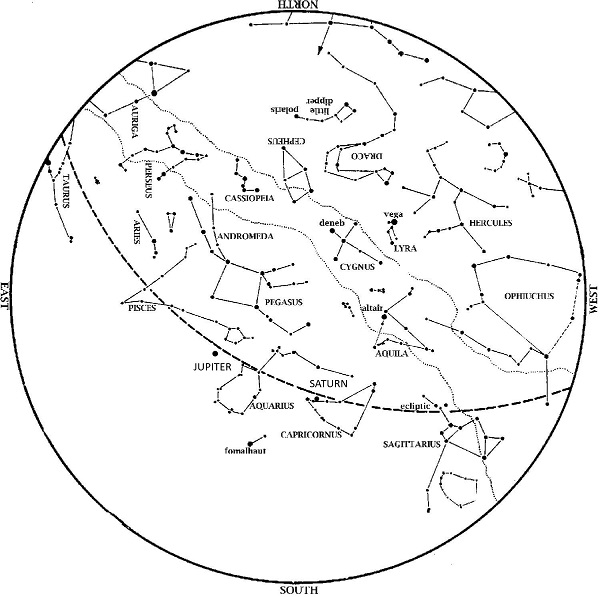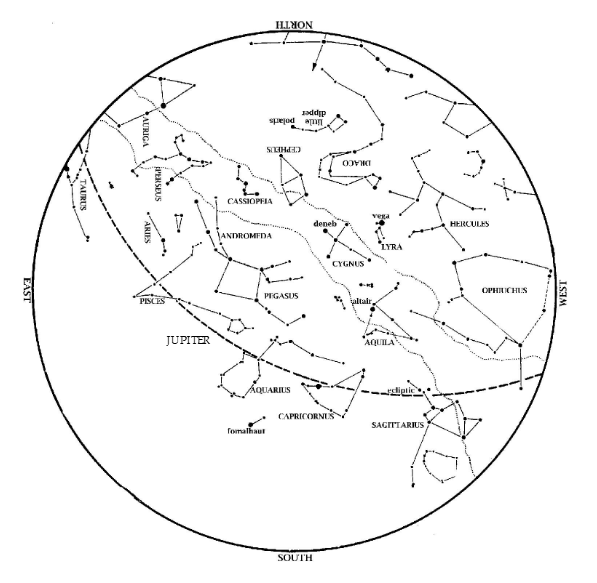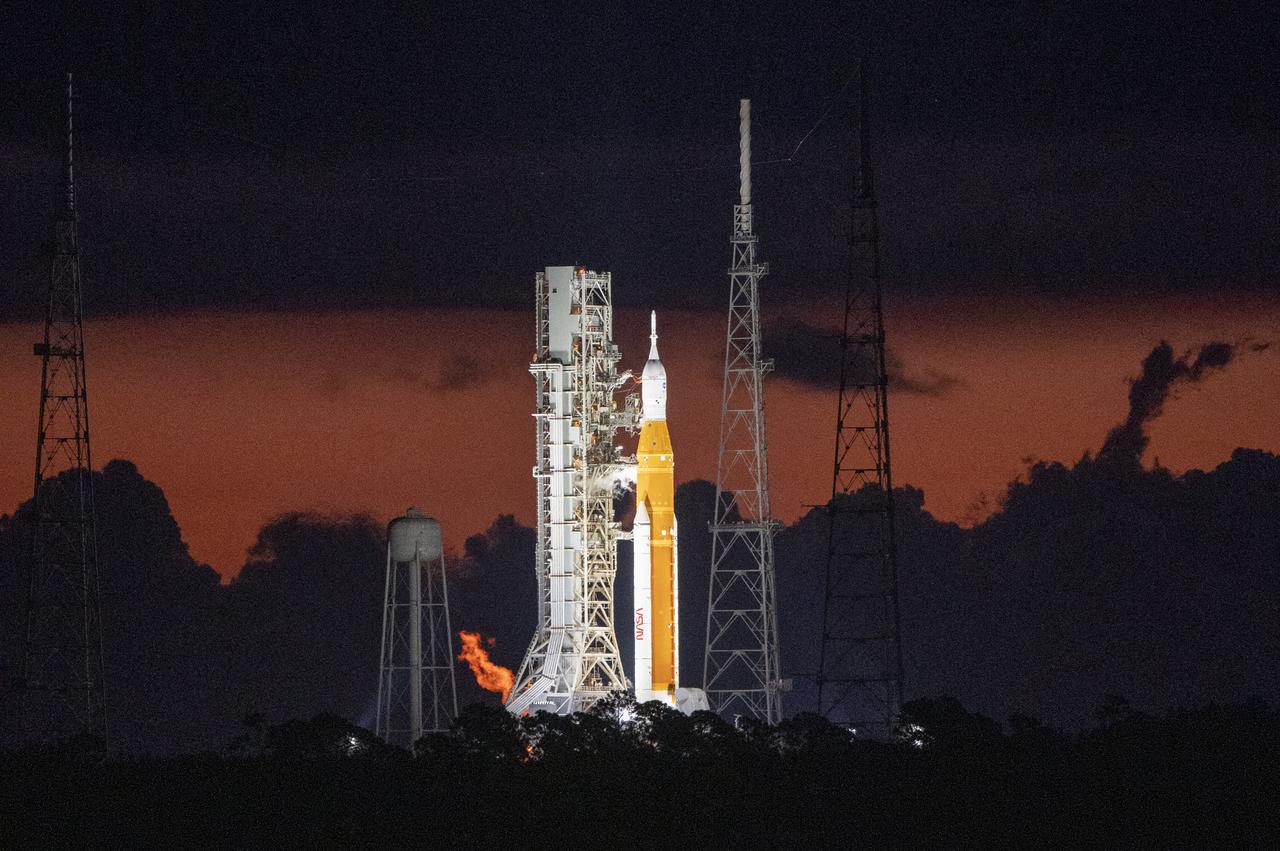It’s been a wet, cloudy year for George Observatory, but flooding and poor viewing nights at Brazos Bend State Park haven’t kept astronomers from dreaming. Big breakthroughs have happened at the George in the past, and with a complete restoration of the 36-inch, deep space Gueymard Research Telescope, a return to astronomical research is quite simply a waiting game. And with even more rainfall this week, astronomers will have to wait a little longer. The park will remain closed until at least July 12.
“We couldn’t do research forever because of the lens,” George Director Peggy Halford said, referring to the heavy deposits of grime the telescope suffered during its 50 years standing in the muggy climates of Louisiana State University and west Texas wetlands. “And as soon as we got the lens restored, the park flooded.”

Photo posted June 3 on Brazos Bend State Park Facebook page. The post reads, “In the history of the park (since 1984), water levels have never been this high.”
In spite of this development, both amateur and professional astronomers have been using the past 13 months, April and May 2016 in particular, to prioritize future projects using the refreshed equipment. As water over park roads continues to prevent access to the observatory, and cloud cover access to the night sky, these scientists are keeping their heads in the game through planning and pitching sessions.

Photo posted June 2 on Brazos Bend State Park Facebook page. The post reads, “We awoke this morning to find water over Park Road 72 for a roughly 1.25-mile section between Park Headquarters and the Nature Center and a small section between the park entrance and Park Headquarters.”
In an age of computer-guided photometry and NASA probes, the science of star-study from the ground “may not be that glamorous,” Halford offers, but it’s not without significant value. One project idea, for example, involves the study of what happens in space after a supernova goes off, or in science-speak, cataclysmic variable star system follow-up observations.
Not all stars are alone; some come in pairs. Cataclysmic variables are double-star systems that include a super-dense white dwarf and a normal star rapidly orbiting each at a rate of about once an hour. Because the white dwarf is so close to its partner, it strips off material from the normal star’s corona, creating an accretion disk around itself as it accumulates more and more mass..As this energy vacuuming proceeds, unstable matter in the accretion disk occasionally ignites, ejecting a flash of light called a nova. Eventually, the white dwarf will absorb enough of its partner’s energy to detonate a super-massive thermonuclear explosion of incredible power — a supernova. The novae and supernovae of cataclysmic variables are recorded in all cases, but few events are studied, according to Halford.
“The big surveys are great at catching these things in outburst, but there’s little value in the discovery if no follow-up is done,” Halford stated. “The follow-up photometry gives us the rate of fade, and an idea of the characteristics of a particular type of variable, or an idea of the angular momentum of accretion disk in a binary system, et cetera.”
In other words, the moments after novae are some of the most crucial in the effort to know more about these systems, and the lives and behavior of stars in general. Science being an empirical pursuit, the more data, the better. The Gueymard is particularly suited to this type of research given its deep-space capabilities as well as its accessibility to Houston local astronomers.
For the purists, the observatory offers an opportunity to discover asteroids — large bodies of rock and ice within our solar system — through classic methods. While computerized telescopes can now scan for inter-planetary bodies and minor planets much faster than a human ground observer, the pursuit is no less exciting or valuable when new discoveries are made.
“In years past, we’ve had astronomer teams that have discovered more than 500 asteroids,” Halford said. “We have a few people who are going to continue to do it by hand and by eye. If they did discover one coming toward Earth, it could potentially be life-saving.”
George astronomers have also proposed a project that could track light pollution in the area using the magnitude of stars. With this set of data, they could fight for more governmental regulation of municipal lighting. Halford and other interested volunteers at the George have already won battles in the fight to keep the skies dark.

Photos of the night sky before and during the Aug. 14, 2003 blackout in the northeast U.S. and Canada. In urban areas, the Milky Way and orbiting satellites suddenly became visible without light pollution.
“About 15 years ago when we heard the Grand Parkway was going to be built, with the museum’s support, we talked to the state legislature and got a bill passed that allowed us to talk to county commissioners about light in unincorporated areas,” Halford said. “There is currently a lighting ordinance around the George Observatory.”
As Houston and surrounding cities continue to grow, studies of how light affects the appearance of the night sky will provide continuing support for the astronomy community and preservation in general. From the star-lover’s perspective, the sky is yet another endangered species or threatened environment.
While the water continues to recede, these astronomers will continue to plan. The McDonald Observatory in west Texas is always an option, but that means a 12-hour drive and it’s expensive to get time on the telescopes, according to Halford.
“We can’t get to our telescope, so now’s the time to throw out some ideas,” she said. “For the local astronomer who wants to contribute to the scientific body of knowledge, this is the best place to do it.”









